Uni Klinger Thermostatic steam traps, in general, operate based on the temperature difference between steam and condensate. These traps use a thermostatic element, often a bimetallic or wax-filled element, to open and close a valve.
A disk-shaped plug that fits into the spherical body of a globe valve regulates the flow of fluid through the valve. A piston-shaped plug that fits into the cylindrical body of a piston valve regulates the flow of fluid through the valve.
A steam trap is a mechanical device designed to discharge condensate and non-condensable gases without letting steam escape.
Moisture separation is a critical aspect of maintaining the efficiency and longevity of steam systems. When water droplets are present in steam, they can lead to equipment corrosion, reduced heat transfer efficiency, and even damage to downstream components.
Chemical processing will have specific challenges in terms of equipment’s used in plant and they must be designed & manufactured to suit the process and from materials that will not harm the product and environment and to help the engineers to run the plant efficiency.
There are two Types of Safety Valve: Conventional Spring-Loaded Safety Valves & Balance Pressure Safety Valves.
Pressure Relieving Devices (PRD) are essential components utilized in refineries, chemical plants, and similar facilities to prevent over pressurization of pressure vessels and equipment.
Thermostatic steam traps operate based on the principle that condensate (liquid water formed from condensed steam) has a lower temperature than live steam.

 Aerated Concrete Block Industry
Aerated Concrete Block Industry  Brewery Industry
Brewery Industry  Captive Cogen Industry
Captive Cogen Industry 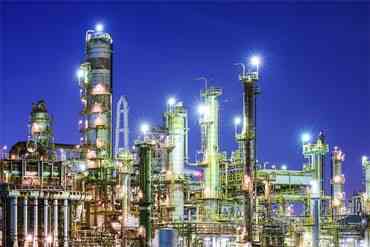 Chemical Industry
Chemical Industry  Dairy Industry
Dairy Industry 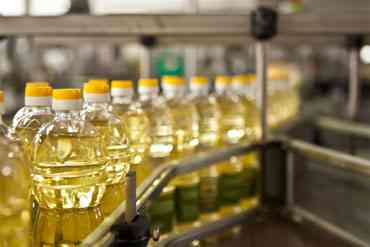 Edible Oil Industry
Edible Oil Industry 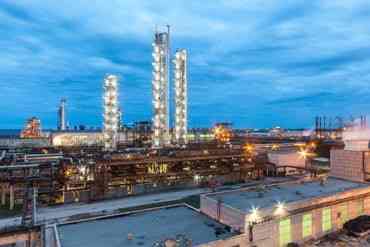 Fertilizer Industry
Fertilizer Industry  Hotel Industry
Hotel Industry 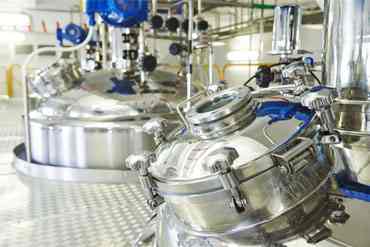 Pharma Industry
Pharma Industry 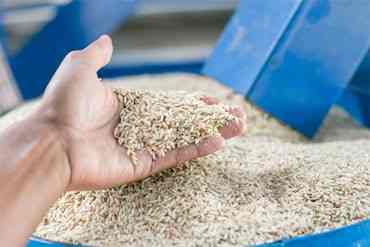 Rice Industry
Rice Industry 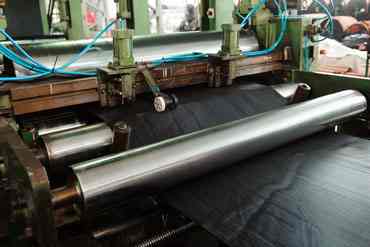 Rubber Industry
Rubber Industry  Soap Industry
Soap Industry 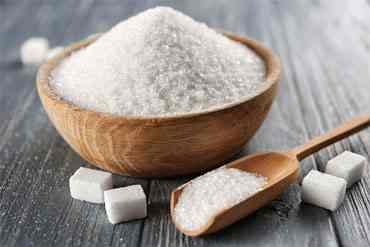 Sugar Industry
Sugar Industry  Textile Industry
Textile Industry 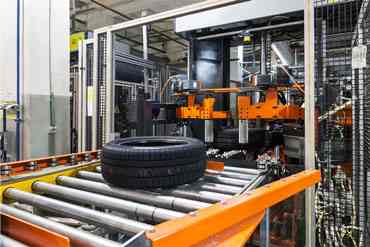 Tyre Industry
Tyre Industry